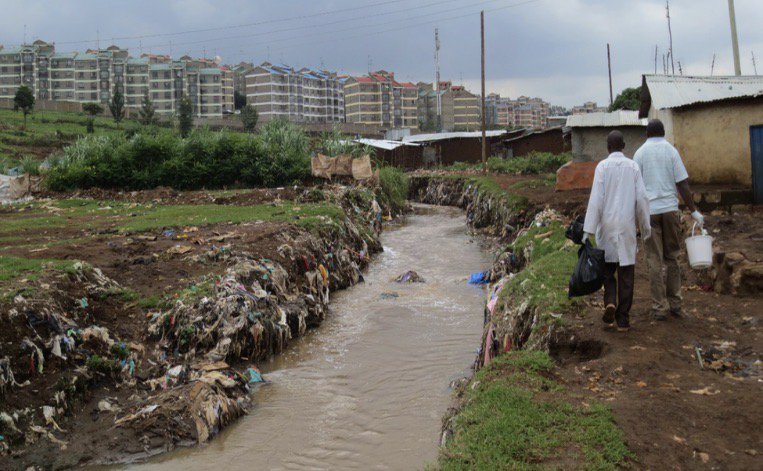Editor’s note: A version of this article was originally published on May 1, 2020. It has been updated to include information about the status of BMFS manufacturing.
The world is on the brink of eliminating polio. But the highly infectious virus, which spreads through feces, continues to threaten some of the world’s most marginalized communities. Even after infection, symptoms are typically slow to appear—which can allow poliovirus to circulate undetected for weeks.
“If the global community hopes to eradicate polio and other enteric viruses, we’ll need stronger environmental surveillance methods,” says David Boyle, laboratory director of the Diagnostics Program at PATH. “That’s why we created our bag-mediated filtration system, which can identify circulating virus in a community and trigger responses to prevent outbreaks before they can occur.”
Improved sampling, streamlined testing
Developed with the University of Washington and validated in partnership with the Pakistan Polio Eradication Programme, the bag-mediated filtration system (BMFS) collects up to six liters of wastewater or sewage—much more than devices currently in use. The BMFS design also simplifies the process by which the material moves to laboratories for testing.
Surveillance tools require highly skilled reference laboratories, often situated far from the remote and challenging regions where wild poliovirus is endemic. The BMFS captures and concentrates the virus onto a small filter, reducing weight and biohazardous risk during transport. This allows for easier, smaller shipments, which enable more effective sampling in the environments that are at greatest risk for the spread of polio.
Compare that to the current method, which requires liquid samples be shipped over long distances under cold chain. The high cost of transport, plus the risk of biohazards, combine to limit the volume of material that can be tested—and the pace at which collection can take place. Because it processes relatively small volumes, the current method may have limited sensitivity. The time required for sample preparation may also limit capacity.

Two men walk alongside a creek where the bag-mediated filtration system was tested. Photo: University of Washington/Christine Fagnant-Sperati.
Expanding the search for enteric viruses
In Pakistan, validation studies of the BMFS show it improved detection of wild poliovirus. But can it also identify other enteric viruses? In Kenya, an exploratory BMFS study on the detection of other, more common enteric viruses like norovirus and rotavirus, demonstrated improved viral capture by 10 times or more when compared to other methods in use. As SARS-CoV is shed through the digestive tract, our test data provides strong evidence to include SARS-CoV-2 when using the BMFS for surveillance.
But tools are only effective if they are available. Under a new partnership, Scientific Methods manufactures the tool. PATH is working to ensure the BMFS is affordable and available anywhere the reemergence of poliovirus threatens public health.
Learn more about PATH’s work in diagnostics.



